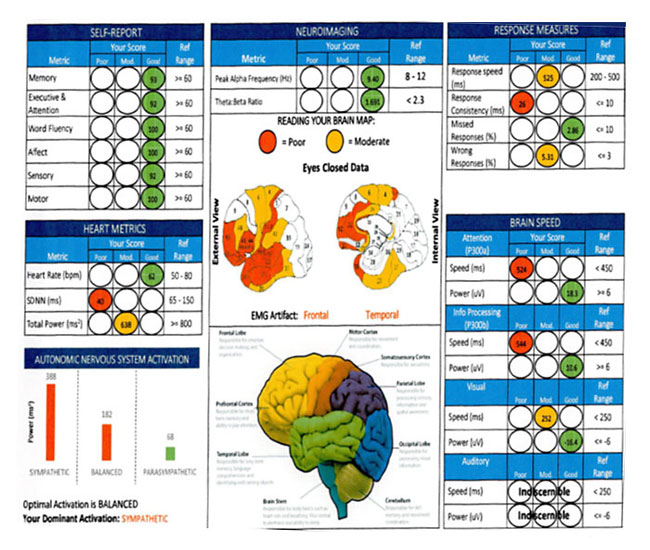Unveiling the Connection Among quantitative EEG and Sleep Disorder Trends for Enhanced Assessment and Treatment
Unveiling the Connection Among quantitative EEG and Sleep Disorder Trends for Enhanced Assessment and Treatment
Blog Article
Sleep hypopnea is a common sleep condition that impacts many people around the world. It happens when a individual's respiration is disrupted during slumber, resulting to poor sleep quality and multiple health issues. One of the methods scientists and doctors are endeavoring to better comprehend and identify sleep apnea is through a technique called quantified EEG, or qEEG. This approach assesses the electronic activity of the brain and can offer valuable insights into how sleep apnea affects brain function and general well-being.
qEEG involves positioning small sensors on the scalp to record cerebral waves. These cerebral oscillations are then analyzed to detect patterns that may indicate sleep conditions, including sleep apnea. By analyzing these trends, healthcare professionals can obtain a clearer understanding of how sleep apnea interrupts normal brain activity during slumber. This data can be essential for developing effective treatment plans customized to specific clients. Understanding the relationship between qEEG and sleep apnea can lead to enhanced identification techniques and superior outcomes for those affected by this condition.
Research has demonstrated that people with sleep apnea often display specific changes in their brain oscillation trends. For example, during episodes of apnea, the brain may show heightened function in specific regions while additional regions become more engaged. These changes can affect how well a person sleeps and how rested they feel upon waking. By using qEEG to track these cerebral oscillation trends, physicians can identify specific characteristics of sleep apnea in patients, which can help in making a more precise diagnosis. This is especially important because sleep apnea can sometimes be mistaken for other sleep disorders, leading to inappropriate therapies.
In furthermore to enhancing identification, qEEG can also serve a part in evaluating the efficacy of therapies for sleep apnea. For example, after a client begins employing a constant beneficial airway force (CPAP) device, which assists maintain the passage clear during slumber, qEEG can be utilized to assess changes in cerebral function. If the cerebrum shows improved trends of slumber after initiating treatment, it may suggest that the treatment is functioning well. This response can assist physicians make necessary adjustments to treatment plans, ensuring that clients obtain the optimal treatment feasible.
In summary, the relationship between qEEG and sleep apnea patterns is an exciting area of research that holds potential for improving identification and therapy. By Discover More comprehending how sleep apnea impacts brain function, healthcare providers can develop more effective approaches to assist clients attain improved sleep and improve their overall health. As studies progresses to advance, it is probable that qEEG will turn into an essential tool in the fight against sleep apnea, leading to better results for those who experience from this difficult disorder.